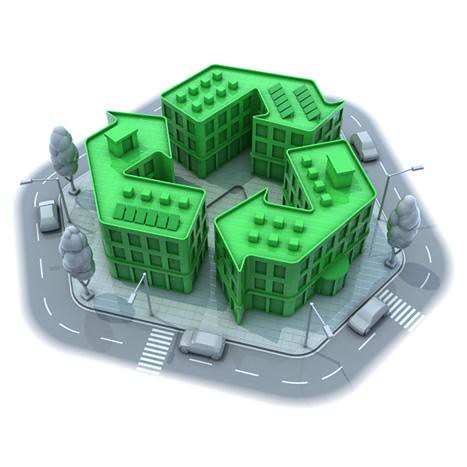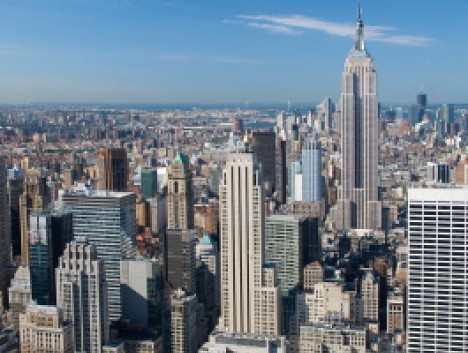
Image credit: packworld.com
However, many ecologists believe that densely populated cities are, when planned properly, far more beneficial to the environment than they let on. This is because a densely populated city is more contusive to the use and development of public transportation such as buses, trains, and rapid transit systems, which, when combined with transit-oriented development, can cut down on commute times. Moreover, city dwellers tend to live in smaller homes, which need less energy to cool and heat.
This also reduces carbon dioxide emissions and cuts back on air pollution, assuming that its growth could be controlled. Large cities in places like Europe and North America tend to have smaller carbon footprints.

Image credit: georgetownclimate.org
The main hindrance to the benefits of urbanization is uncontrolled and poorly planned growth, which usually takes place in developing economies like those in Asia. In some places, the growth of the urban population far outpaces the capacity of the municipal governments to provide basic utilities, let alone proper planning.
For urbanization to be ultimately beneficial, it must be intelligently managed. Doing so would reduce its environmental impact while providing for the needs of its residents in an efficient, effective manner.

Image credit: citiesrt.org
More on the environment and green technology can be accessed on this Janique Goff blog.
No comments:
Post a Comment